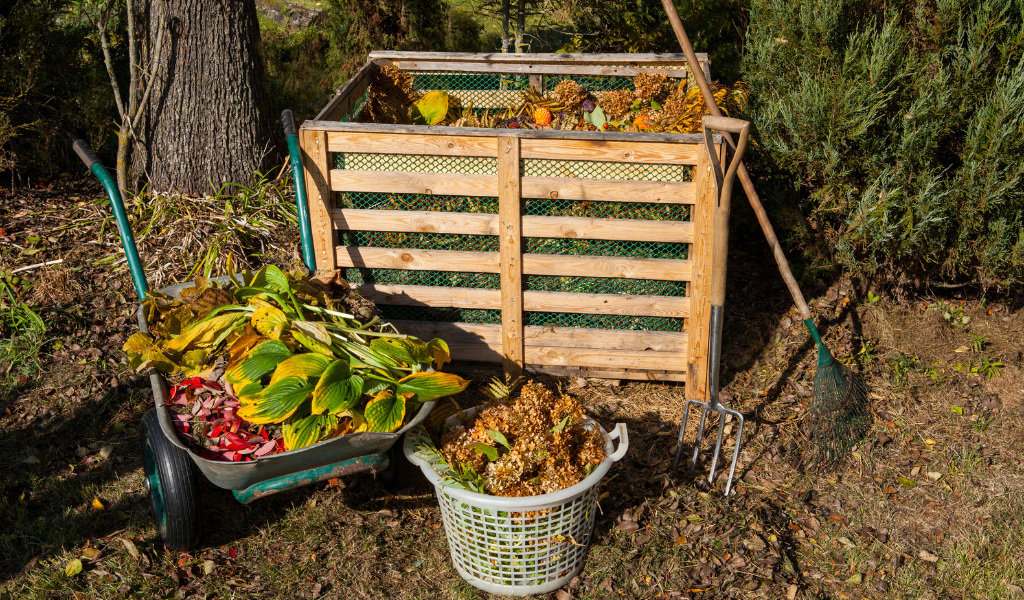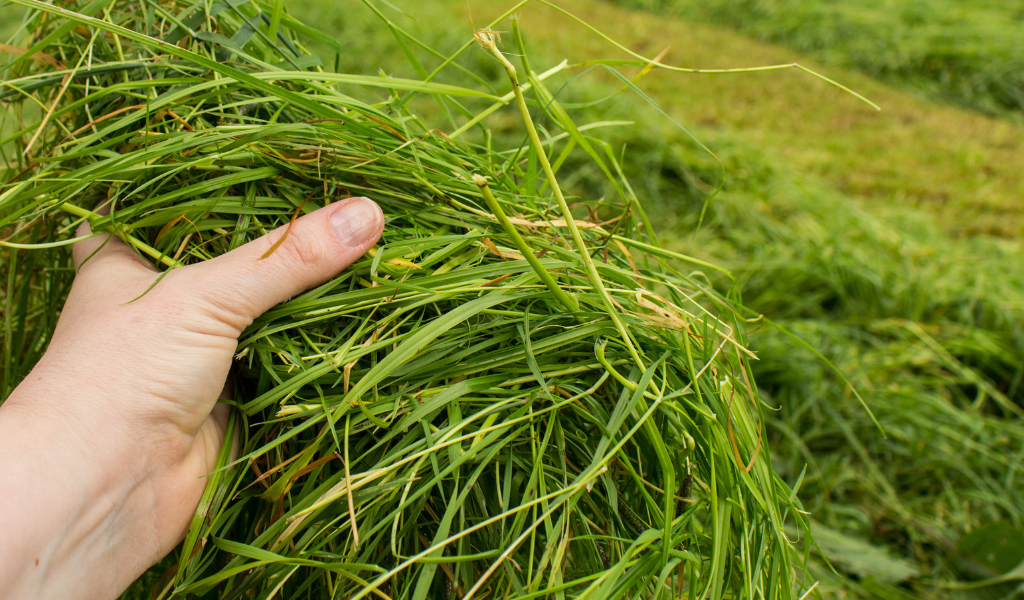It’s hard to imagine the last time it rained… like really rained, in a way that made a difference to our soils and soil health. Or when the rain does come, it always seems to arrive right as harvest is about to begin! A farming friend joked the other day that he should have started getting the combine ready two months ago, that would’ve guaranteed a downpour. (I suppose that's the farming equivalent of a rain dance!)
This year, the UK has experienced its driest spring and summer in decades, with rainfall in some areas down by over 40% compared to the seasonal average. Alongside that, we’ve seen record breaking heatwaves, with parts of England sitting in the thirties for weeks. Together, these extremes have created a challenging environment for growing crops, keeping pastures healthy and maintaining long term drought resilience.
Drought’s hidden impact beneath the surface
When we think of drought, we usually picture thirsty plants and cracked earth. But the real story starts underground. Drought disrupts the entire soil ecosystem that sustains our crops.
Dry conditions:
- reduce microbial activity, slowing the breakdown of organic matter
- lower the soil’s water-holding capacity, making it harder to keep moisture where it’s needed
- cause compaction, so roots struggle to penetrate and find water
Without healthy microbial life, soils lose their natural ‘sponge’ effect. Instead of soaking up precious rainfall, they let it run off or evaporate quickly, leaving plants weaker and more vulnerable.
Research from the University of Edinburgh shows that while drought can knock soil life off balance, diverse and healthy microbial communities are surprisingly resilient and bounce back quickly when water returns, an important part of nature's own drought solutions.
The importance of soil microbiology
Healthy soils are alive with billions of microbes, bacteria, fungi, protozoa, and more, all working together to keep plants growing strong. When the soil microbiome is thriving, it:
- improves soil structure by binding particles into stable aggregates, acting like mini water reservoirs
- extends root reach through symbiotic fungi such as mycorrhizae, helping plants tap into deep reserves of water and nutrients
- boosts nutrient uptake, giving plants the strength to withstand stress
- produces protective compounds that help plants cope with heat and low moisture
A major Nature study of grasslands across Europe, including right here in the UK, found that soil microbes have their own survival tricks when the weather turns extreme. In dry times, they can slip into protective modes like dormancy or form hardy spores, waiting for better days. It’s a great reminder that a diverse, living soil already knows how to look after itself; it’s our job to keep that life thriving.
Preparing for a new normal
The UK’s weather is becoming more unpredictable, with longer spells of drought followed by extended bursts of heavy rain. These patterns are no longer rare; they’re becoming part of the yearly cycle. A 2025 policy brief from Applied Microbiology International and the John Innes Centre calls for a microbiome-first approach to soil regeneration, warning that microbial health is essential for food security, biodiversity, and climate resilience.
At microbz, we believe the solution starts underground.
By reintroducing beneficial, soil-based microbes, we can help UK soils recover their strength and rebuild drought resilience. Our unique blend of soil microbes, mycorrhizal fungi, and humic and fulvic acids works to bring microbial life back to tired ground. And because we only use natural, complete microbial communities, and never synthetically engineered or isolated strains, they integrate seamlessly into the soil’s own biology, supporting its natural cycles and healthy growth.
Scientific reviews, like one published in Microorganisms, confirm that these microbe-plant partnerships play a vital role in nutrient cycling and water management during drought. That’s exactly the kind of resilience we aim to restore.
How microbes build drought resilience
One of the products that we make is called microbz soil and it is designed to:
- restore the soil’s sponge effect, so water stays in the root zone when it rains
- reduce moisture loss by improving soil texture and increasing organic matter
- support plant health year-round, so crops keep growing even during dry spells
- help soils recover faster after extreme weather, making them ready for the next planting season
The goal is simple: keep moisture in the soil when it’s available, and make sure plants can reach it when it’s dry. It’s not just about getting through the next drought; it’s about building lasting soil health and drought resilience into the very fabric of your farm.



